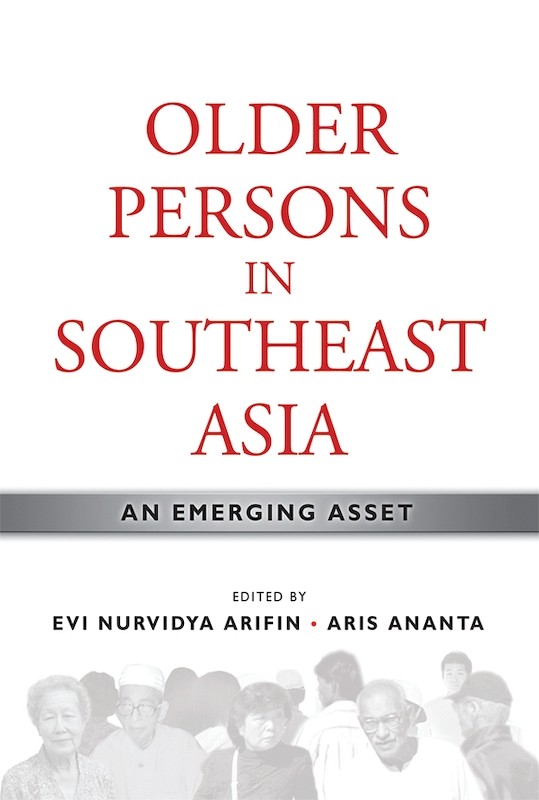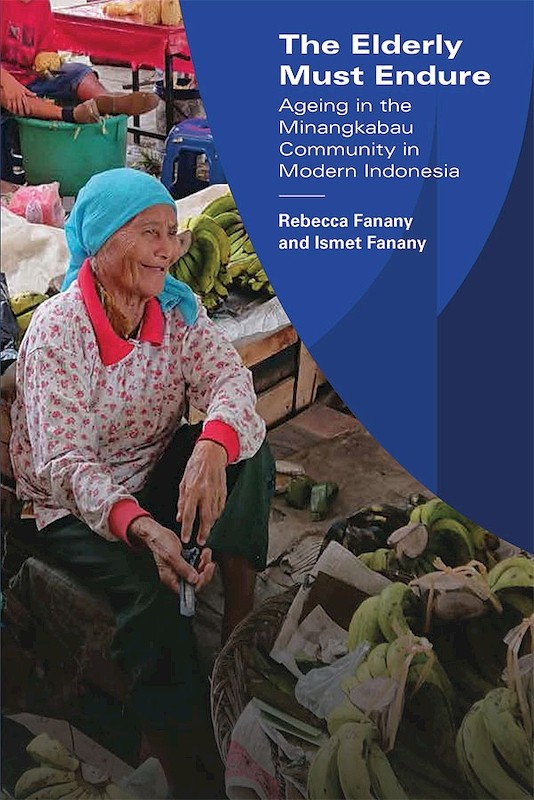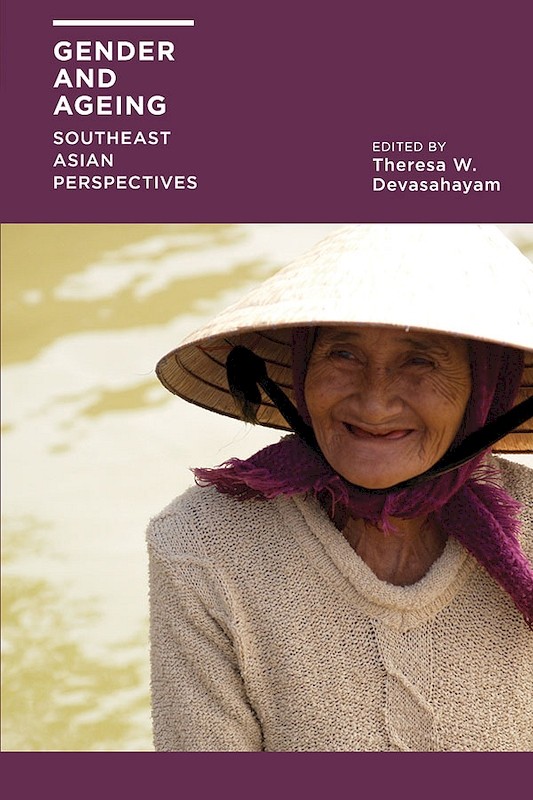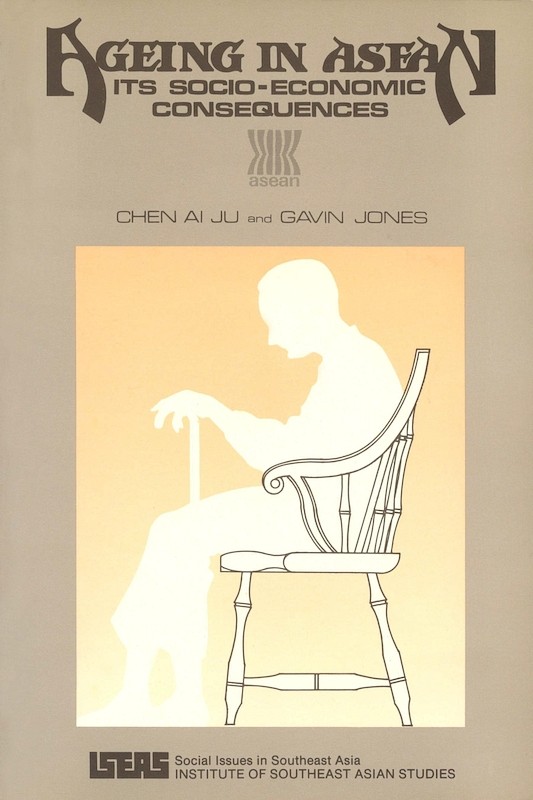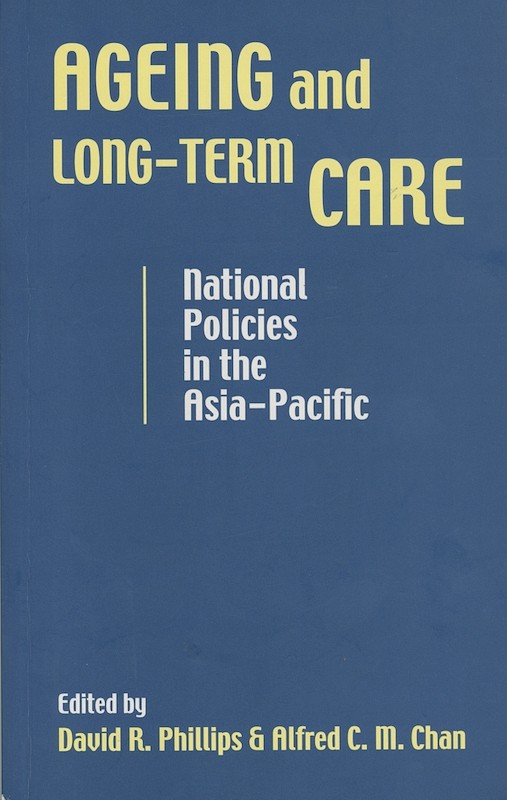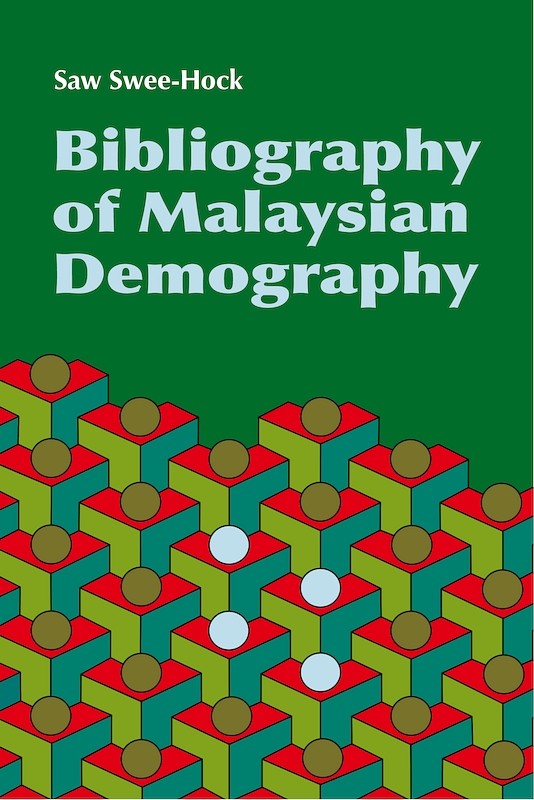Ageing in Southeast and East Asia: Family, Social Protection, Policy Challenges

Lee Hock Guan, editor
Date of publication:
2008
Publisher:
Institute of Southeast Asian Studies
Number of pages:
247
Code:
PIC172
Hard Cover
ISBN: 9789812307668
Soft Cover
ISBN: 9789812307651
Reviews
"Almost all papers in the volume stress the increasing need for government participation in solving the multiple problems of the elderly. Given the increasing interest in the rapidly ageing populations in Southeast and East Asia, this volume makes a considerable contribution to the literature of economic, social, political, and demographic aspects of population ageing. As well, it is a valuable source of information regarding national ageing policies, pension systems, and quality of life of the elderly population in some countries of East and Southeast Asia. The book is recommended to all who have scholarly interest in ageing policies, inter-generational transfers, or demographic ageing of population" (Asian-Pacific Economic Literature).
About the publication
Southeast and East Asian countries are undergoing varying stages of population ageing. The social, economic and political implications of population ageing will be enormous, and because of the fast speed of ageing in the region, the countries cannot afford the luxury of time for the gradual evolution of social and structural support systems and networks for the older population. The essays in this volume critically examine national ageing policies and programmes, the sustainability of existing pension systems, housing and living arrangements, inter-generational transfer, and aspects of quality of life of the elderly population. While the findings show that most Southeast Asian countries have started to formulate and implement national ageing policies, they also indicate that the existing policies are by and large inadequate and underdeveloped in serving the needs of the older population and indeed much more must be done to prepare for the future.
Contents
-
Improving Health Sector Performance: Institutions, Motivations and Incentives - The Cambodia Dialogue
[Whole Publication, ISBN: 9789812307941] -
Preliminary pages
-
1. The Pension System in Japan and Retirement Needs of the Japanese Elderly, by Chia Ngee Choon, Yukinobu Kitamura, Albert Tsui K.C., authors
-
2. The Central Provident Fund and Financing Retirement Needs of Elderly Singaporeans, by Chia Ngee Choon, author
-
3. Ageing and Ageing Policies in the Republic of Korea, by Ahn Kye Choon, Chung Kyung Hee, authors
-
4. Singapore's Response to an Ageing Population, by Yap Mui Teng, author
-
5. Public Policy Towards the Elderly in Indonesia, by Alex Arifianto, author
-
6. National Policy for the Elderly in Malaysia: Achievements and Challenges, by Tengku Aizan Hamid, Nurizan Yahaya, authors
-
7. Ageing Policies and Programmes in Thailand, by Nibhon Debavalya, author
-
8. Family and Housing Conditions of the Elderly in Southeast Asia: Living Arrangement as Social Support, by Josefina N. Natividad, author
-
9. Quality of Life of the Elderly in Singapore's Multiracial Society, by Grace Wong, author
-
10. Life Events, Stress and Life Satisfaction among Older Adults in Malaysia, by Ong Fon Sim, author
-
11. Multigenerational Families in Singapore, by Kalyani K Mehta, Thang Leng Leng, authors
-
12. Support Transfers between Elderly Parents and Adult Children in Indonesia, by Sri Harijati Hatmadji, Nur Hadi Wiyono, authors
-
Index

